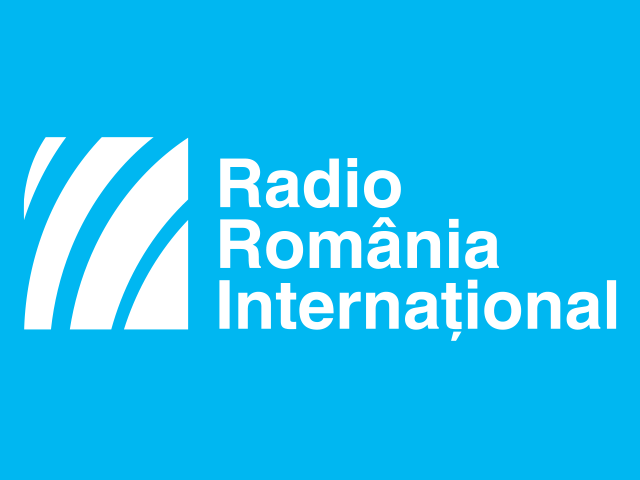Physician Constantin I. Parhon
Constantin Ion Parhon was a name often uttered in the 20th century
Warning: Trying to access array offset on null in /home/web/rri.ro/public/wp-content/themes/rri/template-parts/content.php on line 53

Warning: Trying to access array offset on null in /home/web/rri.ro/public/wp-content/themes/rri/template-parts/content.php on line 98
Steliu Lambru,
25.04.2022, 02:00
Constantin Ion Parhon was a name often uttered in the 20th century in relation to medicine, but he was nowhere near as important professionally as you may believe. That is because Parhon was a marking personality of the regime that the USSR installed in Romania after 1945. His professional activity was inversely proportional with his political activity, which was what in fact brought him celebrity. He was part of the group that chose to side with the communist regime and take full advantage of that privileged position.
Constantin Ion Parhon was born on October 15, 1874, in Campulung Muscel, a town about 170 km northwest of the capital Bucharest. He studied medicine at Bucharest University, and in 1900 he got his degree as a medical doctor. He worked as a physician in hospitals in Bucharest and in other places in the country, and attended a specialty course in Munich, Germany, in 1906. Parhon specialized in affections of the nervous system, and became a professor at the medical school in Iasi, where he taught neurology and psychiatry. In parallel, he started teaching endocrinology at the medical school in Bucharest. In 1928, he was elected as a member by correspondence of the Romanian Academy, becoming a full member in 1939. Parhon became a part of the eugenics movement in Romania between the wars, and at some point he actually started supporting the idea of experimenting on mental patients.
The communist regime imposed by the Soviets on March 6, 1945, completely transformed Romania in less than three years. Trampling on all human rights and freedoms by legislation, the Communist Party delivered the coup de grace to Romanian democracy on December 30, 1947. On that day, King Michael I was forced to abdicate, and the communists dominated Parliament, who had blatantly falsified the elections in November 1946, and proclaimed a republic. The New Year speech in 1948 was read on the radio by Parhon himself, who was elected head of the Romanian People’s Republic Presidential Forum, which had replaced the constitutional monarchy.
“The Romanian people have now gained their freedom to choose the form of state most suited to its natural aspirations, a people’s republic. The democratic regime, instated after liberation from Hitler’s invaders and their lackeys, through the work, skill, and drive of the best sons of the people, is now strengthened even more. No hurdle stands now in the way of the full development of our popular democracy, to provide to all who work with their arms or their minds, in towns and villages, the material and cultural well-being , guaranteeing our country’s sovereignty and independence.
You may ask yourselves how Parhon had reached the highest positions in such a regime. The explanation may be found in his prior political activity. Before WWI he had been a socialist, influenced by the ideas of Karl Marx, and had founded a small party, the Working Party, which would go on to merge with the Peasant Party in 1919, right after the war. However, after two years, in 1921, he had radicalized, and become a supporter of the Communist Party of Romania, a section of the Komintern.
Romania’s switching sides to join the anti-Fascist coalition on August 23, 1944, was a major turn for Parhon. He became the president of the Romanian Association for Ties with the Soviet Union, and president of the ruling council of the People’s Republic of Romania, alongside writer Mihail Sadoveanu and three other communist activists. Up until 1952, he formally held the position of head of state. From 1946 to 1961 he was continuously a deputy in the Assembly of Deputies, and then in the Grand National Assembly, the communist parliament. In ideological recognition on the part of Socialist countries, he as made a member of the academies of science of the USSR, Bulgaria, Hungary, and the DRG. He also held other administrative positions, such as director of the Institute of Endocrinology and the Geriatric Institute. He was decorated with the highest honor of the communist state, Hero of Socialist Work, and the University of Bucharest was at some point named after him.
Parhon died on August 9, 1969, at 94 years of age, and was buried in the communist pantheon in Carol Park. Stefan Barlea, an organizational work activist with the Communist Party, spoke in 2002 for Radio Romania’s Center for Oral History. He said that his demise threw a wrench into the works of the 10th Congress of the Romanian Communist Party, which was taking place around that time:
“The issue was raised, where would we bury him. And at some point, Ceausescu said: ‘What shall we do, he was head of state?’ And we made the decision to take him to the Pantheon. Gheorghiu-Dej had already been buried there. And Ceausescu said that there has to be a special arrangement. But Maurer, the prime minister, told us to bury him such that he himself could have a place there set aside. And Ceausescu patted him on the shoulder and said: ‘Let’s not get ahead of ourselves.’
After 1989, his remains were unearthed and relocated, and the entire complex was put under conservation.






























